How to Improve Your YouTube Ad Targeting
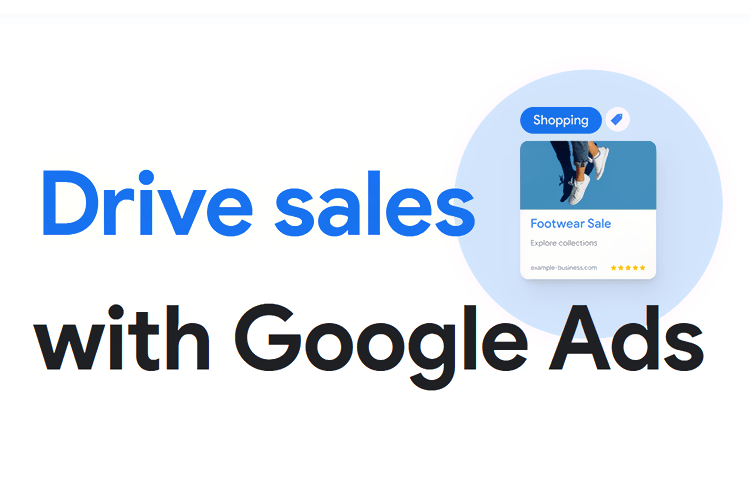
Want to improve results on your YouTube ad campaigns? Wondering how advanced targeting can get you in front of people who are ready to buy?
In this article, you’ll discover a YouTube ad targeting strategy.
Why Are YouTube Ads So Effective?
Google’s ad services dominate the internet. If you’re online, you’ve seen an ad that was placed with Google.
But the emphasis of Google Ads has shifted. It used to be all about AdWords and search ads. These days, across the suite of Google’s ad placements, you can get the most return on ad spend (ROAS) from YouTube.
Best of all, YouTube is still unsaturated and affordable. That makes it an invaluable part of your social media marketing mix.
Let’s take a closer look at what makes YouTube Ads so effective.
YouTube Is Full of Consumers, not Marketers
Remember what it felt like to run ads on Facebook 10 years ago? Or to work in SEO 20 years ago? Or even to write email marketing in the 1990s?
In their glory days, each one of those channels was full of consumers who were happy to hear from you. The ad placements were affordable. You could get your message heard.
Then the inevitable happened. Every online platform follows the same lifecycle: early adopters join first and set the tone. Then more people join and it becomes a worthwhile place for marketers. Finally, as the last few consumers join, the platform reaches ad saturation and prices start to rise.
Here’s the good news: YouTube is still in that valuable middle phase, where it’s full of potential customers but not full of ads.
Only 8% of social media marketers in the United States work with YouTube ads. The other 72% are missing out.
YouTube ads aren’t just affordable—they come with free credit. Google Ads (https://ads.google.com/home/) is currently offering to match your first $500 if you start creating YouTube ads with a new account.
Right now, YouTube is a deep blue ocean full of fish. And you could be one of the lucky few who gets a boat and starts fishing before the crowds arrive.
YouTube Gives You More Powerful Ad Targeting
YouTube has one key difference from other social media marketing channels. On platforms like Facebook and Instagram, people want to post about themselves and interact with their friends. That’s where their focus is.
But on YouTube, they want to be informed, educated, and entertained. They’re there to consume content, not create it. They use the platform as a search engine—second only to Google—and most of their YouTube search queries start with the words “how to.”
This represents a massive opportunity for marketers. Your potential customers are on YouTube, ready to listen and learn. In other words, they’re open to advertising.
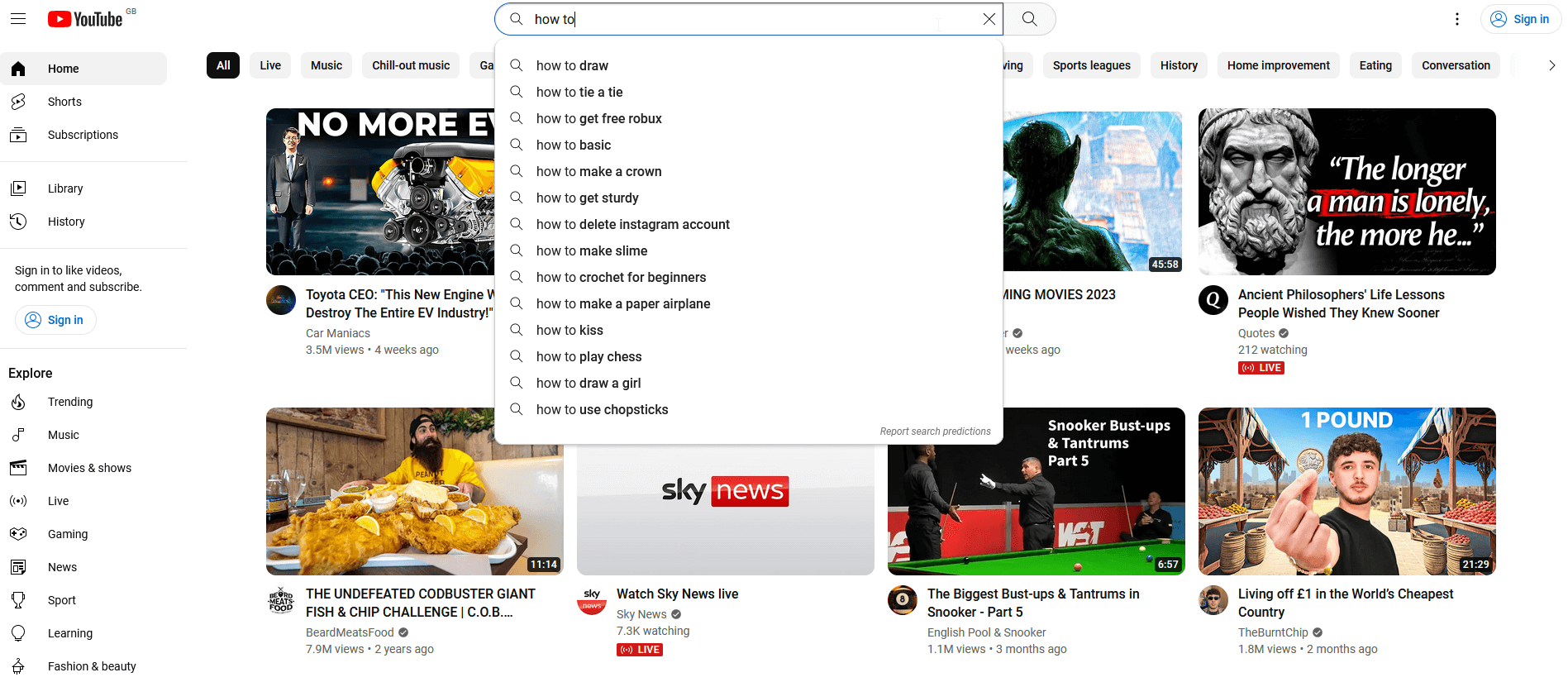
The Ultimate Ad Targeting Strategy for YouTube
YouTube is full of eager, attentive consumers. But wait a second. You don’t want to target absolutely everyone with your ads.
Instead, we’re going to focus on a “credit card out” ad targeting strategy. That means we’re only looking for consumers who already have their credit cards out, ready to buy your products or services.
This is where YouTube’s enhanced ad targeting tools become so valuable. Ad targeting for other ad platforms such as Google search and Facebook is good but it doesn’t even come close to YouTube ad targeting.
In fact, it’s a bad idea to use similar ad targeting strategies across ad platforms. What works on Facebook, with its broad-brush controls and salesy style, just won’t be effective on YouTube.
In the next few sections, we’ll explain how you can use every layer of YouTube’s ad targeting controls to find the most valuable leads in your eCommerce niche.
How “Card-Out YouTube Ad Targeting” Works
There are two common objections to purchasing that hold eCommerce marketers back:
- “I can’t afford it.”
- “It’s not the right time.”
The “card-out” strategy dodges both of these objections. You’re reaching people when it’s already the right time and they can already afford it. Closing sales will never be easier!
So how do you find these amazing customers with open ears and wallets?
This strategy builds up layers of ad targeting to gradually refine your target audience. You’ll create a funnel within your YouTube ads that sifts through YouTube users to find gold.
The three layers of card-out YouTube ad targeting are:
- Genuine interest
- Household income
- Purchase intent
Let’s look at how to implement that strategy with the Google Ads Manager for YouTube.
#1: Audience Targeting by Genuine Interest
The first layer of targeting works similarly to Facebook ad targeting, although it can be more specific.
You can target your ads to different audiences based on their demographics (such as age and gender), geographic data (their location), key topics, and personal interests. Like on any other ad platform, you’ll need to understand your ideal buyer persona before you can target them correctly.
You can also use YouTube’s ready-made topic categories or similar audiences (like Facebook’s lookalike audiences) to save time, as long as you’re confident they’ll be a good fit for your target market.
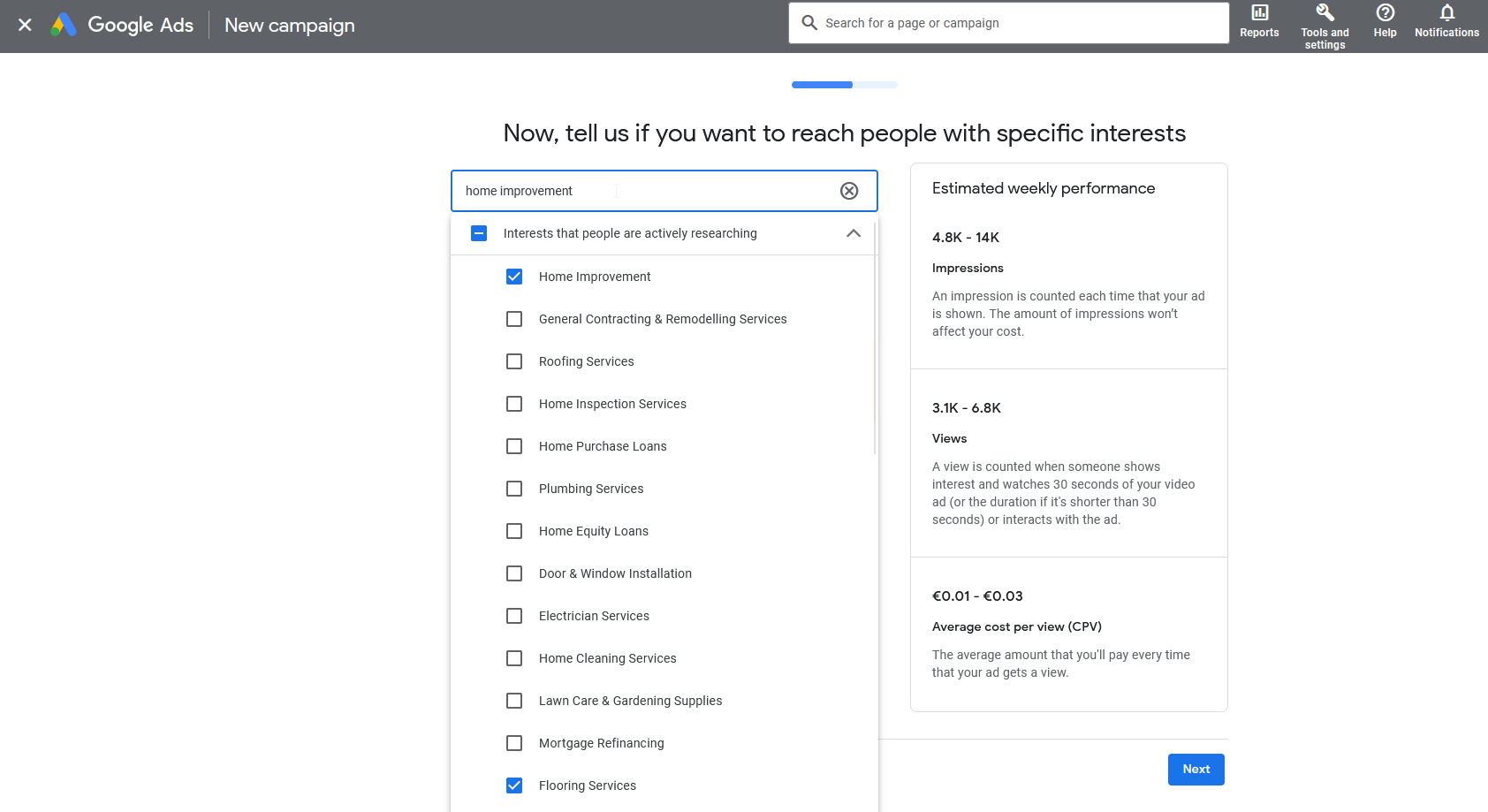
Once this layer of targeting is established, your ads will reach people who definitely want your products or services.
Now you just need to make sure that those people can afford the price tag and are ready to purchase right away.
#2: Audience Targeting by Household Income
Targeting by household income isn’t offered by many other ad platforms. For example, Facebook experimented with this feature but didn’t have enough data to make it work.
YouTube and Google ads, however, do have enough data to make it work. Why?
Take a second to think about all of the different Google products you use. Google’s ad targeting can gather data from your internet searches, browser history, file storage, emails, location, calendar, Android apps, travel history, payment history, TV viewing history, and a whole lot more.
Targeting potential customers by household income means that your ads will only reach people who can afford your offer. This is especially important if you sell premium products or need high-value leads.
Household income targeting works with ranges, not absolute numbers. So, for example, if you’re selling a product that’s worth more than $500, you should target the top 30% of households by income. It’s also worth remembering that incomes vary by area and demographics so the top 30% of households in Manhattan will have more to spend than, say, the top 30% of households in Cleveland.
Setting these parameters might make your ads more expensive at first. But even if your cost per view increases, your cost per lead will fall, because conversion rates will be so much higher.
#3: Audience Targeting by Purchase Intent
You’ve found the perfect customer. They love your offer and they have the money to buy it. But are they ready to make a purchase right now?
This is where the final layer of targeting comes in: purchase intent. It’s also what makes YouTube ads so powerful.
Ads on other media channels can reach cold leads or find people when they’re interested in your products or services. But YouTube can target them almost at the moment of purchase.
Unfortunately, you can’t just check a box in Google Ads Manager that says “customers who will purchase today.” The technology’s not that smart (yet!).
But there are three tactics that we can use to find people just before they make a purchase:
- Leverage Google search terms
- Leverage the competition
- Leverage ad placements
Leverage Google Search Terms
What if I told you that you could target Google search terms without paying the high prices of Google search ads?
Search ad placements are valuable because they have very clear purchase intent. However, anyone who searches for products or services on Google is almost certainly a YouTube user too. The video-sharing platform gets over 70 billion views per month and your customers are among them.
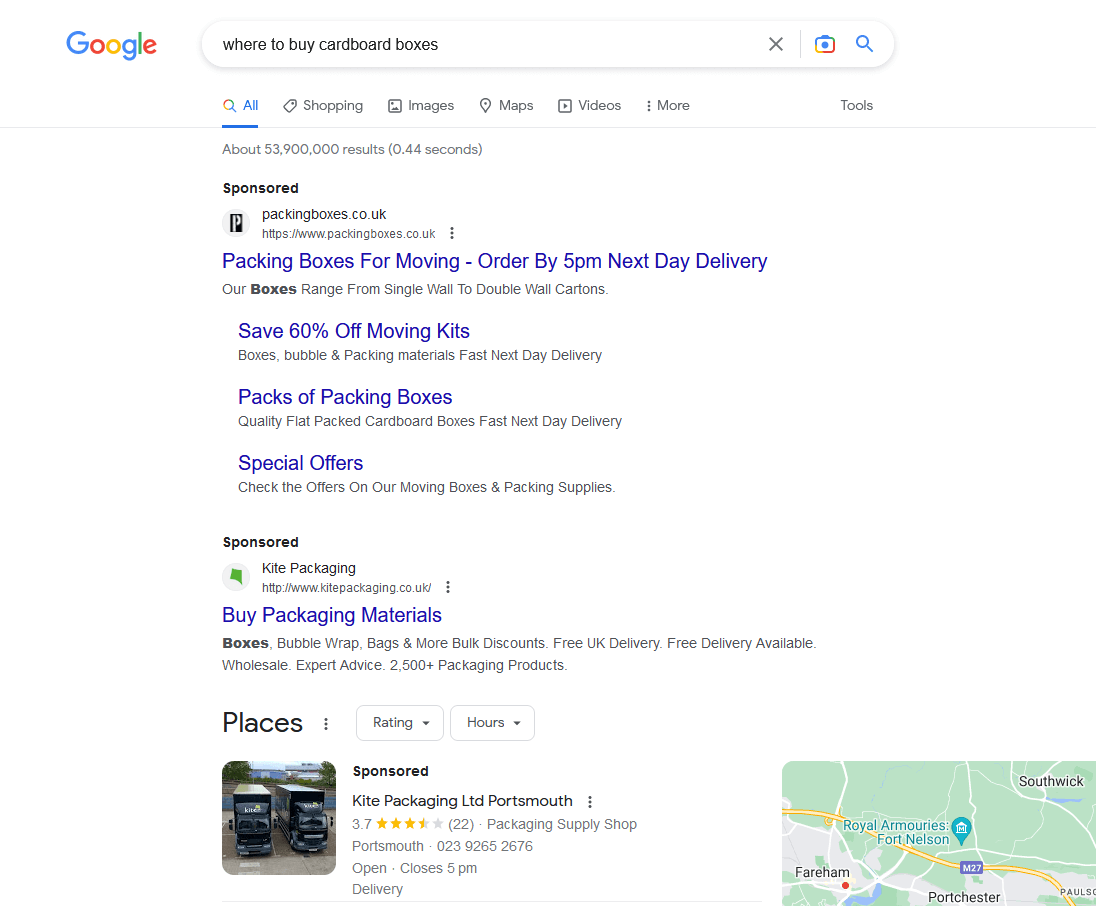
Here’s what you do. Target your YouTube ads to people who’ve searched for key terms on Google. The next time they watch a YouTube video, they’ll see your brand’s ad front and center.
You’ll reach people with high search intent but you won’t have to pay or compete for space on the front page of Google search results. YouTube ads are about 25%-30% of the cost of search ads so you’ll see big savings in your ad budget.
The easiest way to set this up is to recycle your own existing list of SEO keywords for YouTube keyword targeting. That’s it. You’re all set up!
Leverage the Competition
Leveraging search queries means that you’re trying to divert traffic from other ads toward your own business.
Our next tactic takes it even further by actively disrupting your competitors.
With YouTube ads, you can target people based on their browsing history. You can show ads to anyone who visited a specific website, whether you own that website or not.
So, for example, you can show YouTube ads to anyone who’s visited your competitors’ websites. You can show ads to people who clicked on search results for your target keywords. You can even click on your competitors’ ads, figure out which landing pages they lead to, and then show ads to people who’ve visited those landing pages. Sneaky!
Leverage Ad Placements
The final tactic you can use to target leads based on purchase intent is leveraging ad placements. This is similar to targeting ads based on browsing history but it all takes place within YouTube.
You can place ads directly on your competitors’ YouTube videos and YouTube channels. In fact, you can place an ad on any YouTube video. It doesn’t have to be your content and you don’t need the creator’s permission.
One easy way to do this is to pick the top 10 videos for your niche or common search queries in your niche, and place ads on all of them.
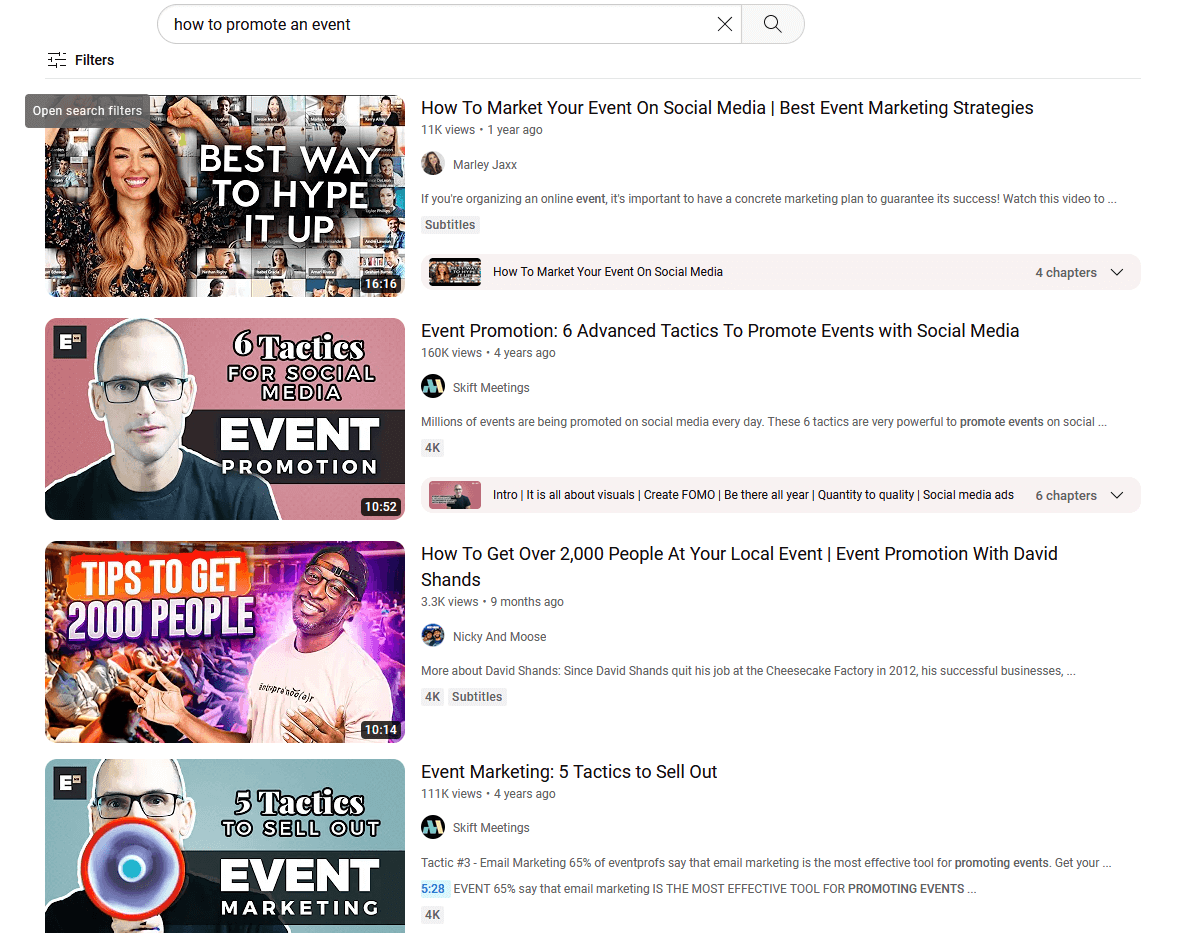
The only drawback of this tactic is that it will have a relatively small audience. Even with the reduced cost per lead that comes from card-out targeting, you’ll need to monitor your ads’ performance to make sure that they’re worth the cost.
How to Adapt This Targeted YouTube Ads Strategy for Your Business
We’ve covered all three layers of a card-out YouTube ad targeting strategy, including three different ways to target potential customers based on their search intent.
But you don’t have to follow this strategy to the letter. You can mix and match different elements. For example, if you sell a relatively inexpensive product, then you might target by purchase intent but not by income. Or if you have an effective lead-nurturing campaign ready to go, then you might target by interest and income but not purchase intent. You can run this strategy any way you want.
Just remember one thing: as we’ve said all along, YouTube ads work differently from other ad platforms. Most ad platforms such as Facebook will aim to spend your ad budget quickly. They’ll always use the full amount of money.
YouTube doesn’t do that. Instead, if you set up precise targeting, the platform will wait until it finds your ideal customers. So it may take a while for your budget to get used and results to come in.
Be patient and trust your targeting. The card-out ad strategy will bring you valuable leads and higher conversions in the end.
Source: Social Media Examiner